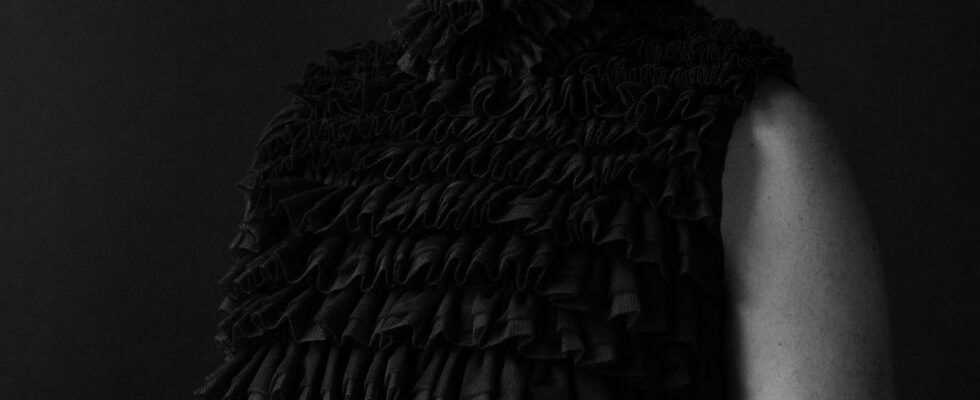SeriesTravel by proxy – Voluntary exile for nearly ten years, the singer regularly feels the need to return to her hometown. A bright, popular and revolutionary Tunis.
It is in the sky of Tunis that Emel Mathlouthi recorded his last album, The Tunis Diaries. In the sky, or almost, just below, on the roof terrace of his family home in the residential district of El Menzah 9, a few kilometers north of the city center. “This is one of the highlights. From there I could see the whole city passing by, to the sea and the Boukornine mountain. I had forgotten the feeling of grandeur and freedom that this sight provides. “
Below, the capital unrolls a long white carpet of buildings, speckled by the green of the pines and the fuchsia of the bougainvillea. And when you look up, the celestial vault looks like an immense fresco, constantly renewed. This disproportionate painting remains splashed with light, even in bad weather, and is adorned in the setting sun with gigantic pink and orange stripes that Emel Mathlouthi has tried to capture hundreds of times with his cell phone.
“La Goulette is one of those places where I went on weekends with my parents and which remain very popular, despite the tourism”, Emel Mathlouthi.
From the residence, one does not hear the city, but the distant whispering of radios, the clicking of utensils in the neighboring kitchens, the song of the muezzin and myriads of birds. At night, frogs and cicadas take over. If we listen carefully, we can also perceive these singular choristers on certain songs of The Tunis Diaries. The second part of this double album, captured at night using makeshift equipment (a Zoom recorder and an acoustic guitar loaned by a fan), features nine vibrant covers by Nirvana, Leonard Cohen, Jeff Buckley… So that the emotion is even stronger, you have to listen to them while imagining the decor of the improvised studio, the stars which have not yet disappeared in the sky, and which respond to the flowerbed of the streets, changed into millions of luminous points.
Emel Mathlouthi has not lived in Tunis for nearly ten years. But it is here, on Avenue Habib-Bourguiba, the main artery which links the Tunis-Marine station to the Place de l’Indépendance, that it became world famous during the “jasmine revolution” (end 2010-early 2011). Videos show her, a pale, youthful face at the bow of a tide of protesters, shielding the flickering flame of a candle with her hand and singing a soul-piercing song a cappella, Kelmti Horra (“My word is free”), which will become the hymn of the rebels and will propel it, even before turning 30, on the international stages.
You have 59.64% of this article to read. The rest is for subscribers only.
